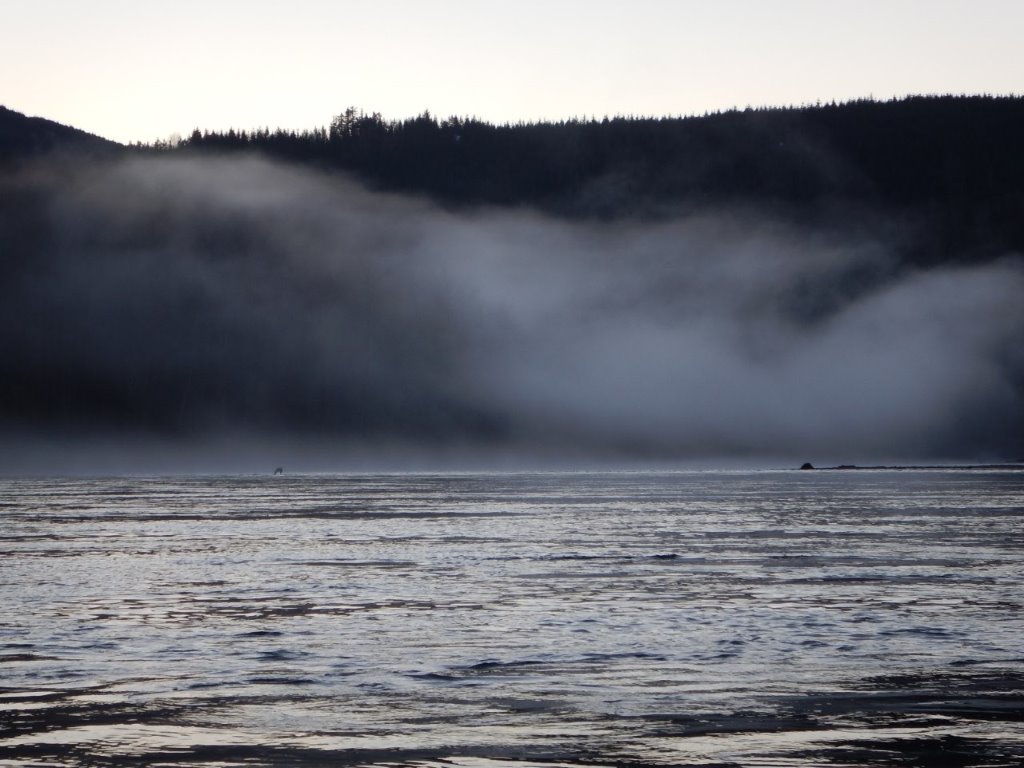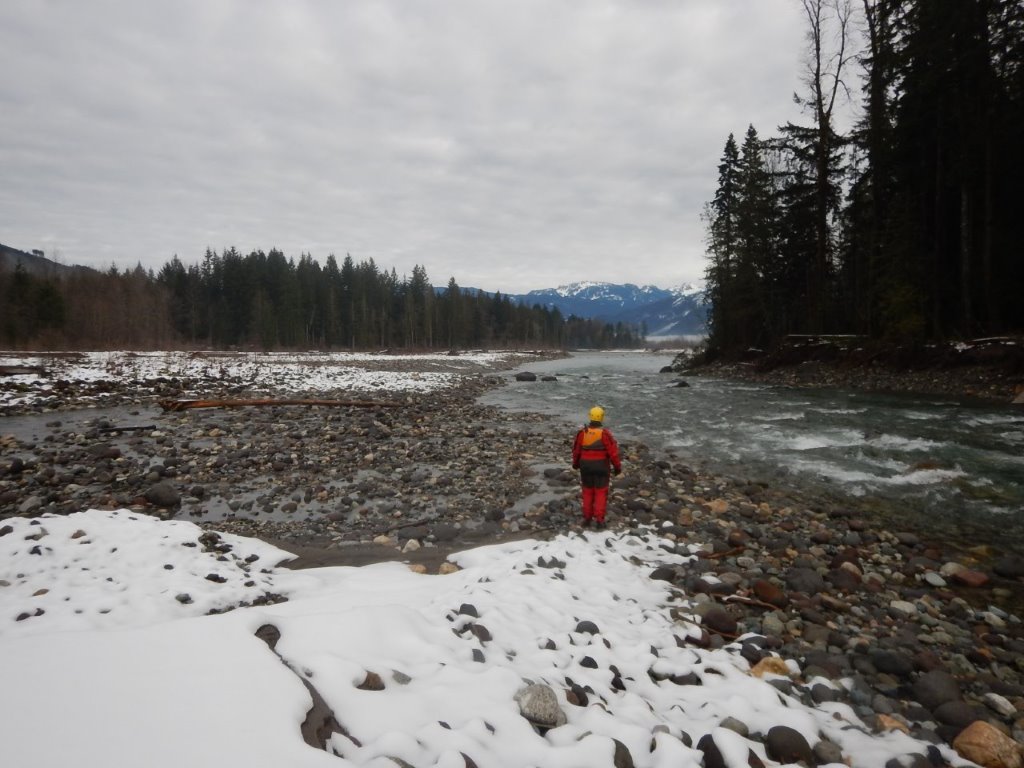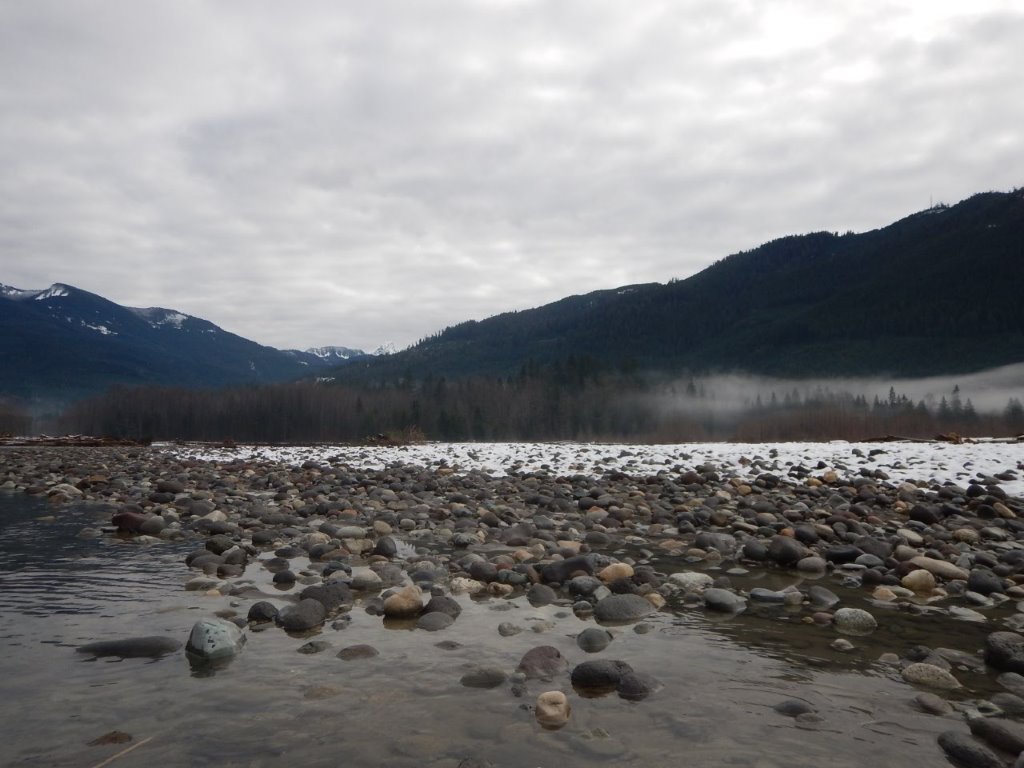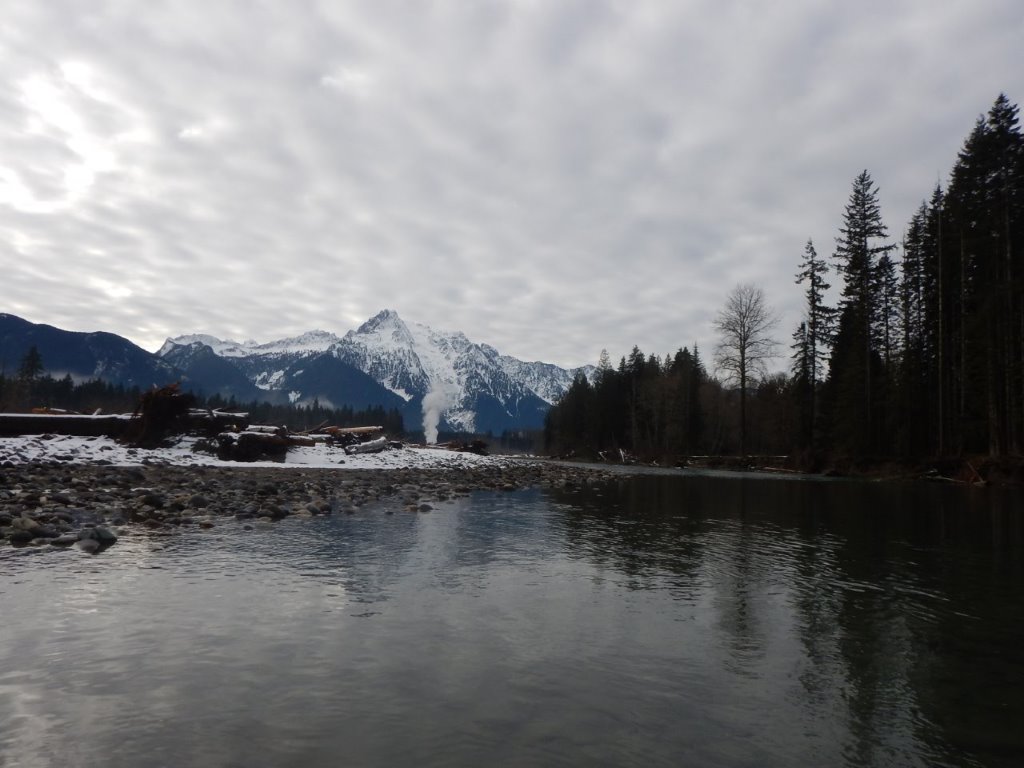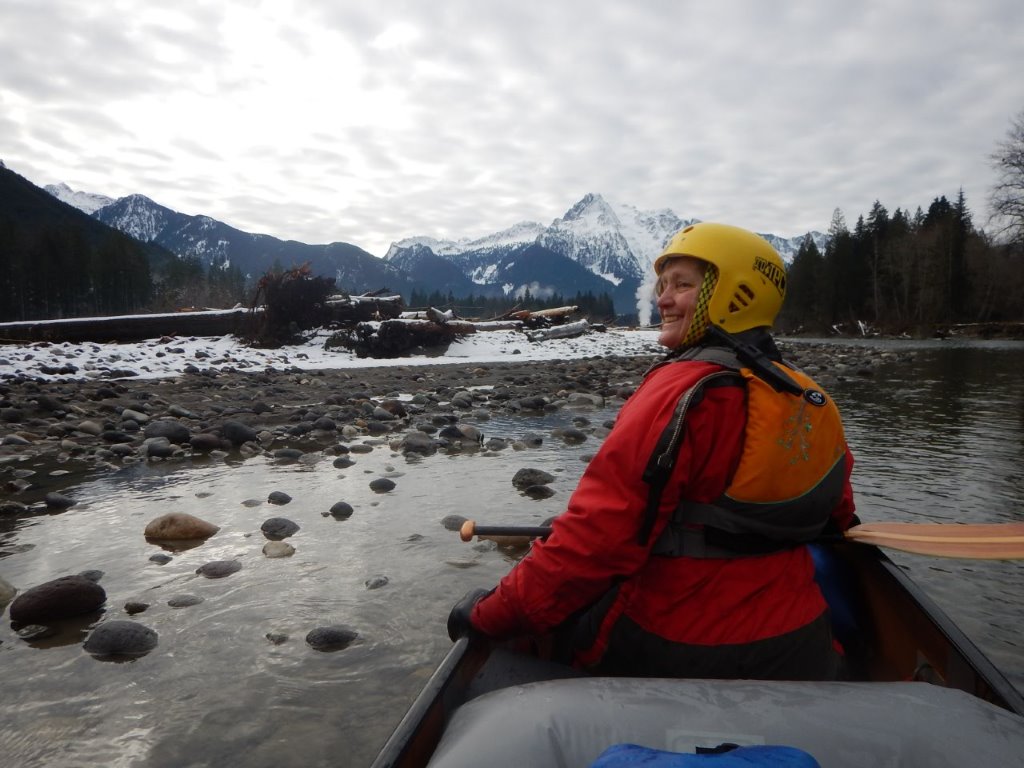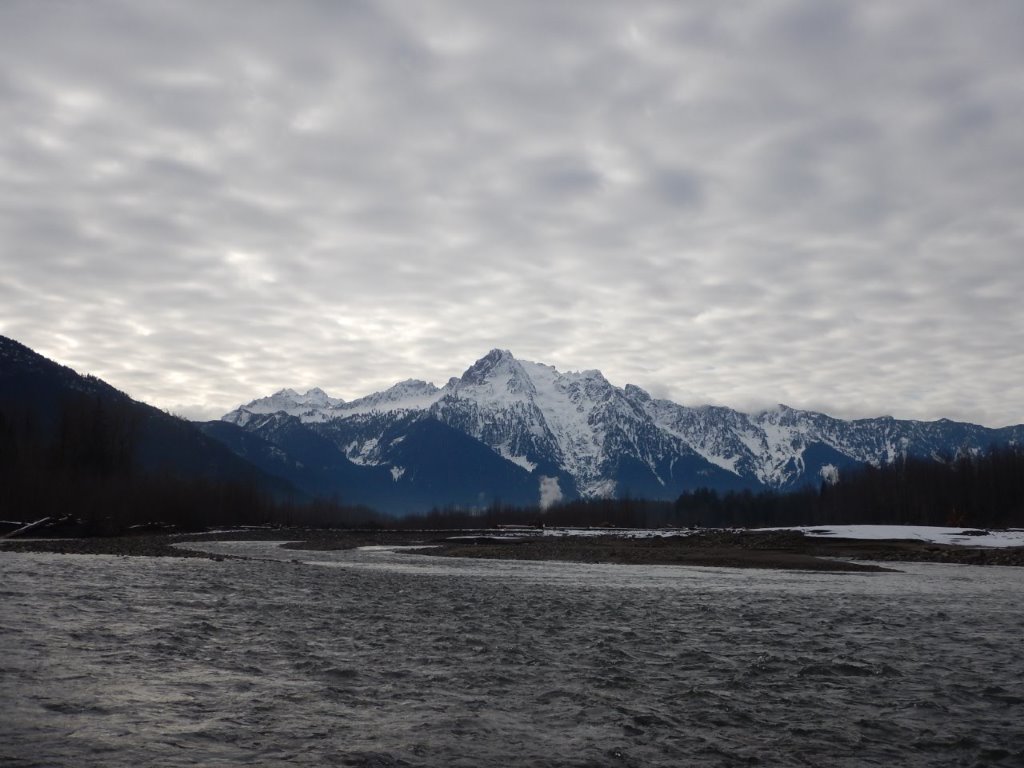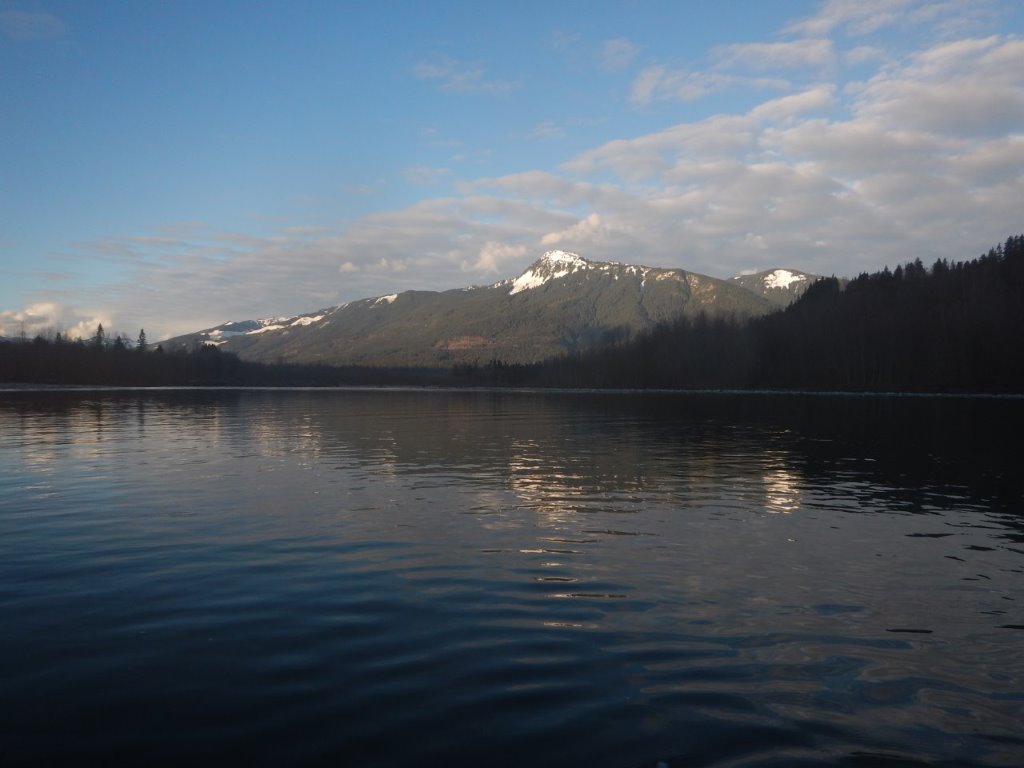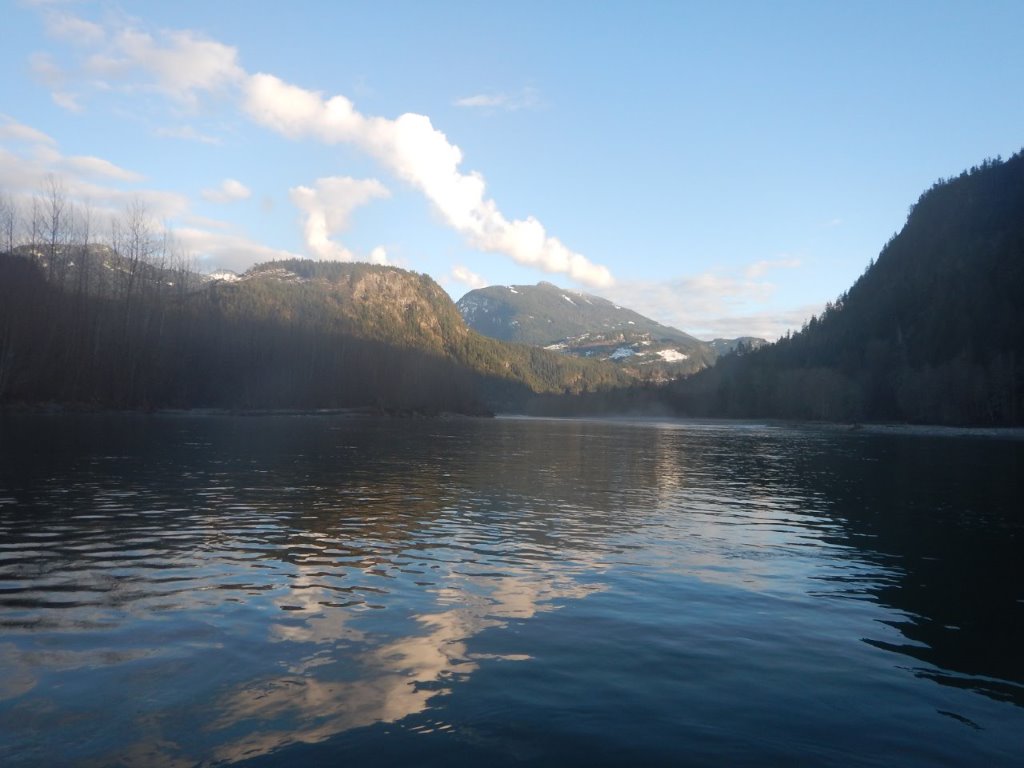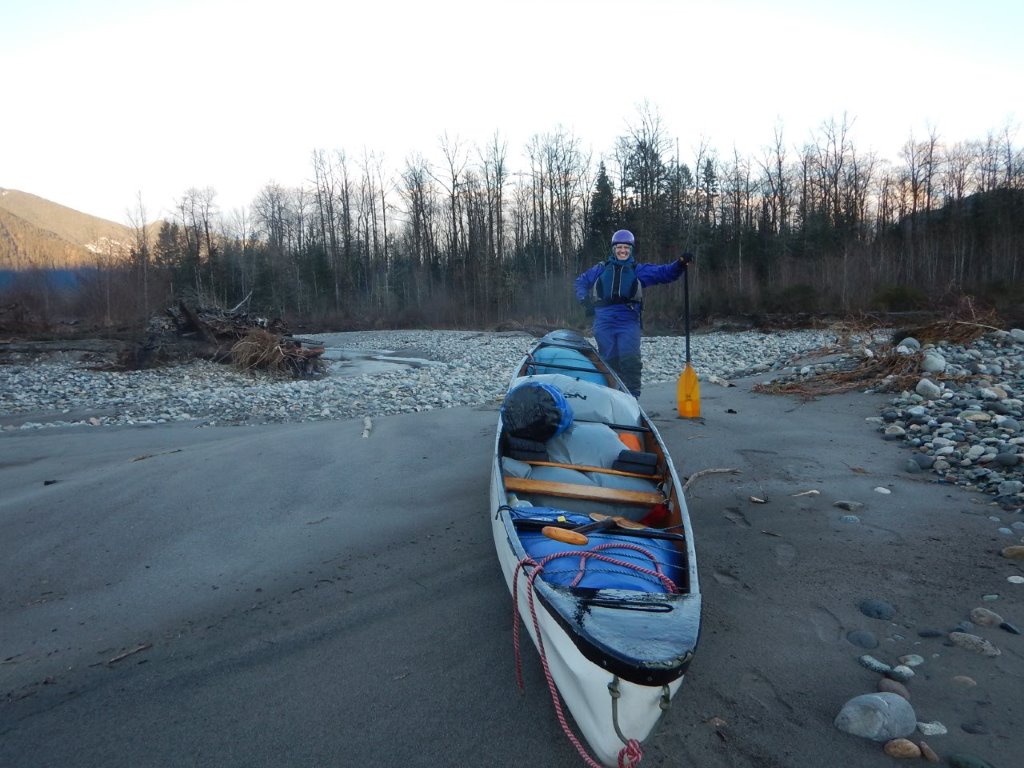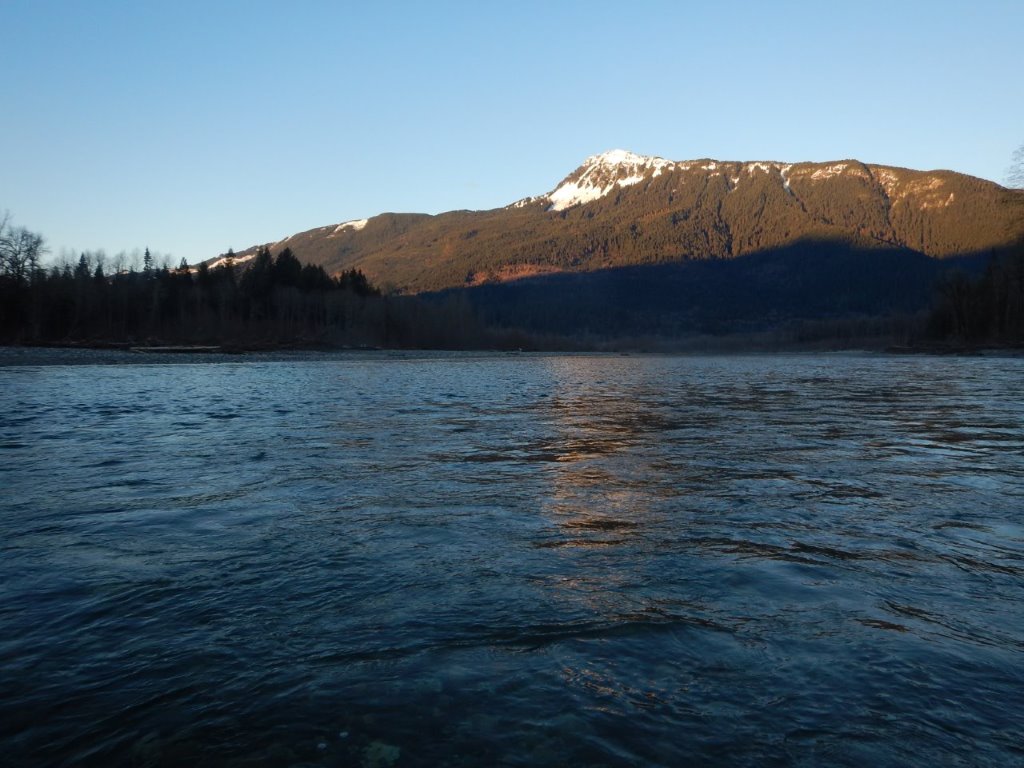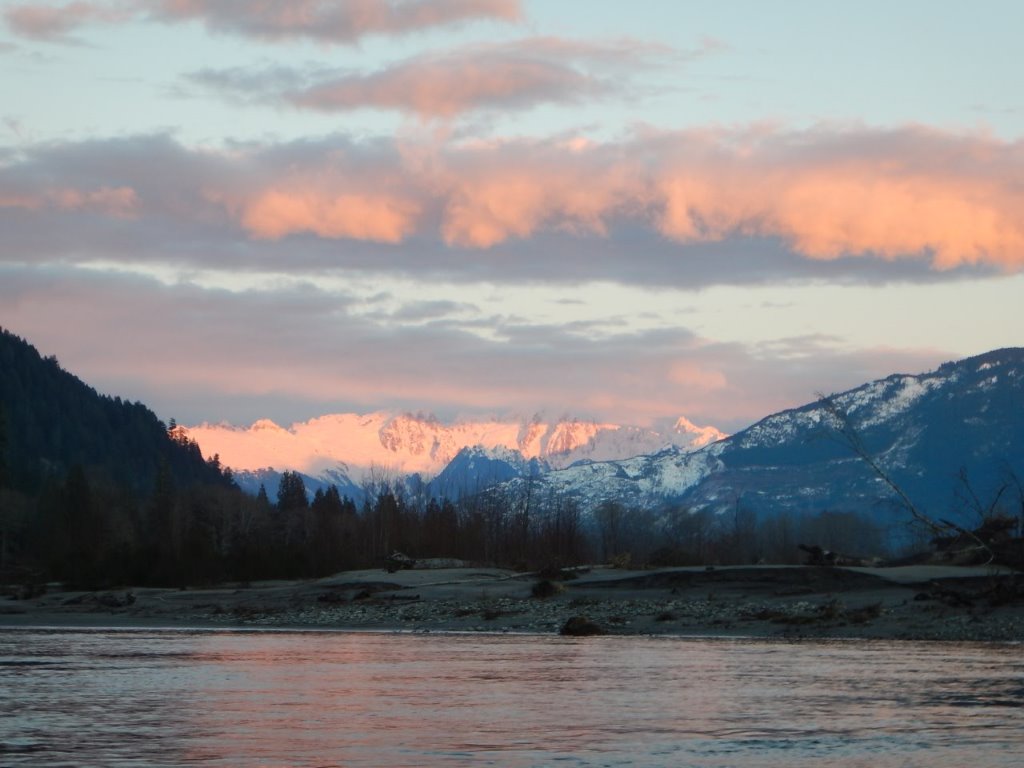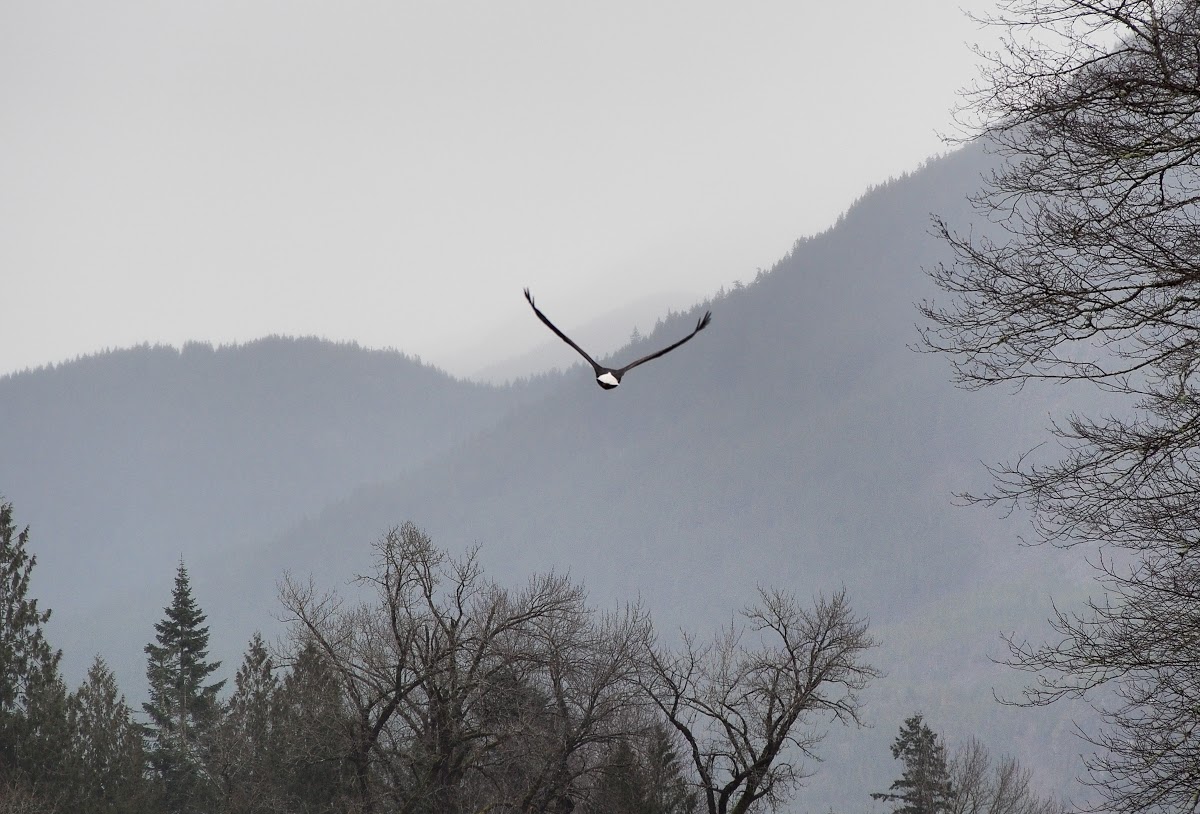Farmers in Washington’s Skagit River Delta in northwest Washington State are adding a new crop to their fields — shorebirds.
By flooding parts of their fields with 2 or 3 inches of water for part of the year, these farmers are creating new or improved habitat for shorebirds such as Western sandpipers, black-bellied plovers, dunlins and marbled godwits and at the same time improving the health of the fields for farming.
The dedicated farmers are participating in an innovative research project The Nature Conservancy has launched in cooperation with Washington State University, the U.S. Environmental Protection Agency, Skagitonians to Preserve Farmland, and the Western Washington Agricultural Association.
Called “Farming for Wildlife,” the project is about finding ways to help provide some of the shorebird habitat that’s been lost while also supporting local farms. The partners involved are studying the relationship between three farming practices (mowing, grazing, and flooding) and habitat for migratory shorebirds. The intent of the experiment is to discover how habitat rotation can be compatible with crop rotations in the Skagit Valley.
THE SKAGIT DELTA COMMUNITY
The Skagit Delta is a vibrant rural community—one of the last strongholds of farming in Western Washington and a bread basket both regionally and nationally. The local community is rightfully proud and protective of its family farming heritage which reaches back for generations.
At the same time, the delta is rich in wildlife. Though altered over the years by human development, diking and draining, the delta continues to support tidal marshes and riverine habitats which host one of the largest and most diverse concentrations of wintering raptors on the continent.
And in recent winters, biologists surveying the delta have counted more than 150,000 dabbling ducks and more than 65,000 shorebirds, underscoring its status as a critical stop along the Pacific Flyway.
A WIN FOR FARMERS AND FLIERS
Worldwide, shorebirds have suffered dramatic population declines, and one of the greatest threats to these populations is the loss of wetland habitats. In the Skagit Delta, we’ve lost 70 percent of estuarine and 90 percent of freshwater wetlands. Despite that loss, the Skagit Delta still supports 70 percent of Puget Sound shorebirds during migration. Kevin Morse, the Conservancy’s Puget Sound program manager describes the delta as “one of the last best places for shorebirds.”
“They’ve lost this type of habitat along their migratory routes,” Morse said.
The real payoff will come if the Conservancy learns which practices are successful and can be replicated in other areas of the country. As part of the study, the Conservancy has rigorously monitored use of the habitat by shorebirds at different tide heights, as well as the presence of weeds, invertebrates in the soil and overall soil condition. If significantly higher numbers of shorebirds are feeding in the pilot fields than in neighboring farm fields, and the soil condition is measurably improved, and farmers embrace the treatments, that will spell success.
“If 100 years from now,” farmer Dave Hedlin said, “there are healthy viable family farms in this valley and waterfowl and wildlife and salmon in the river, then everyone wins.”






